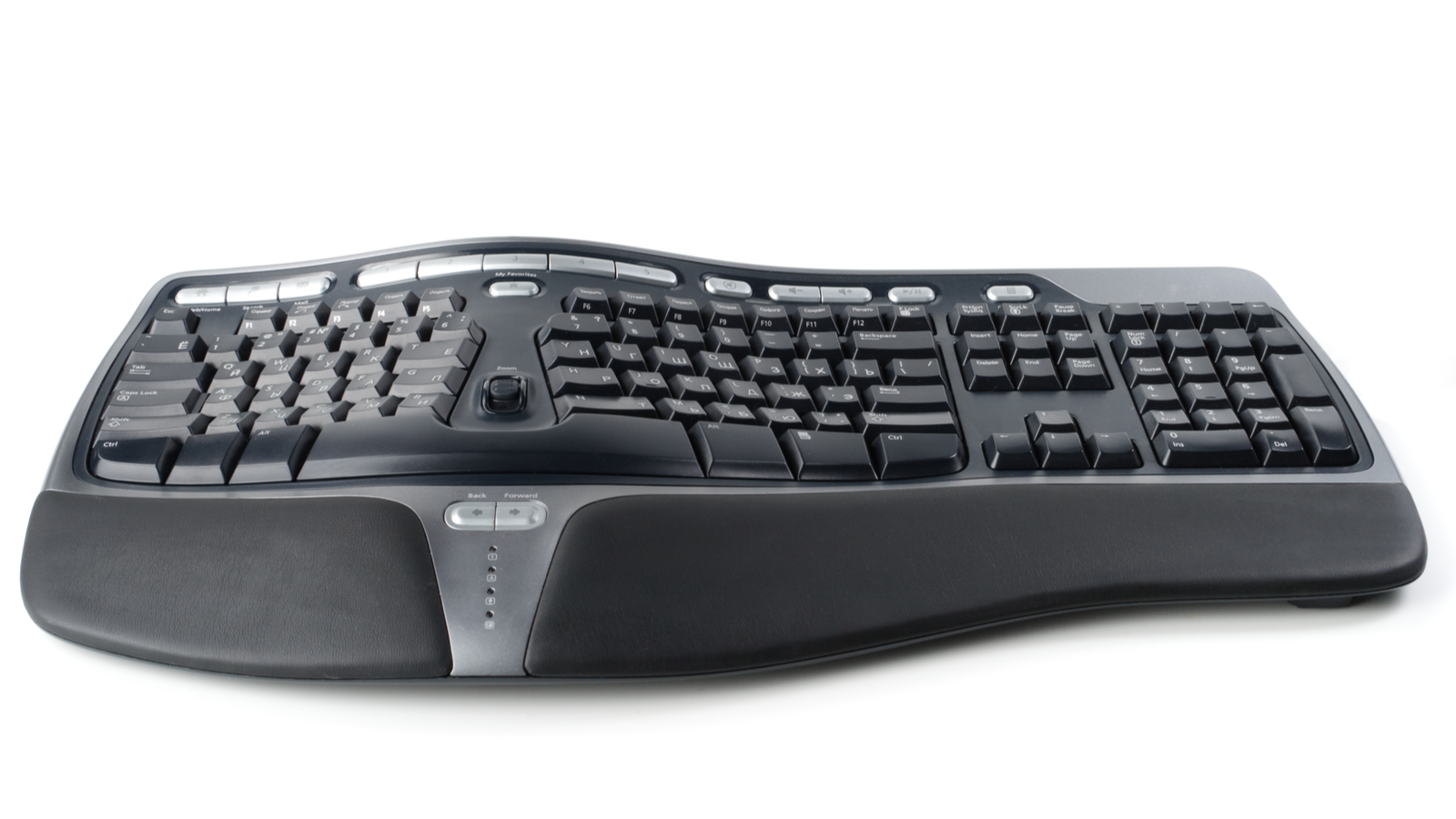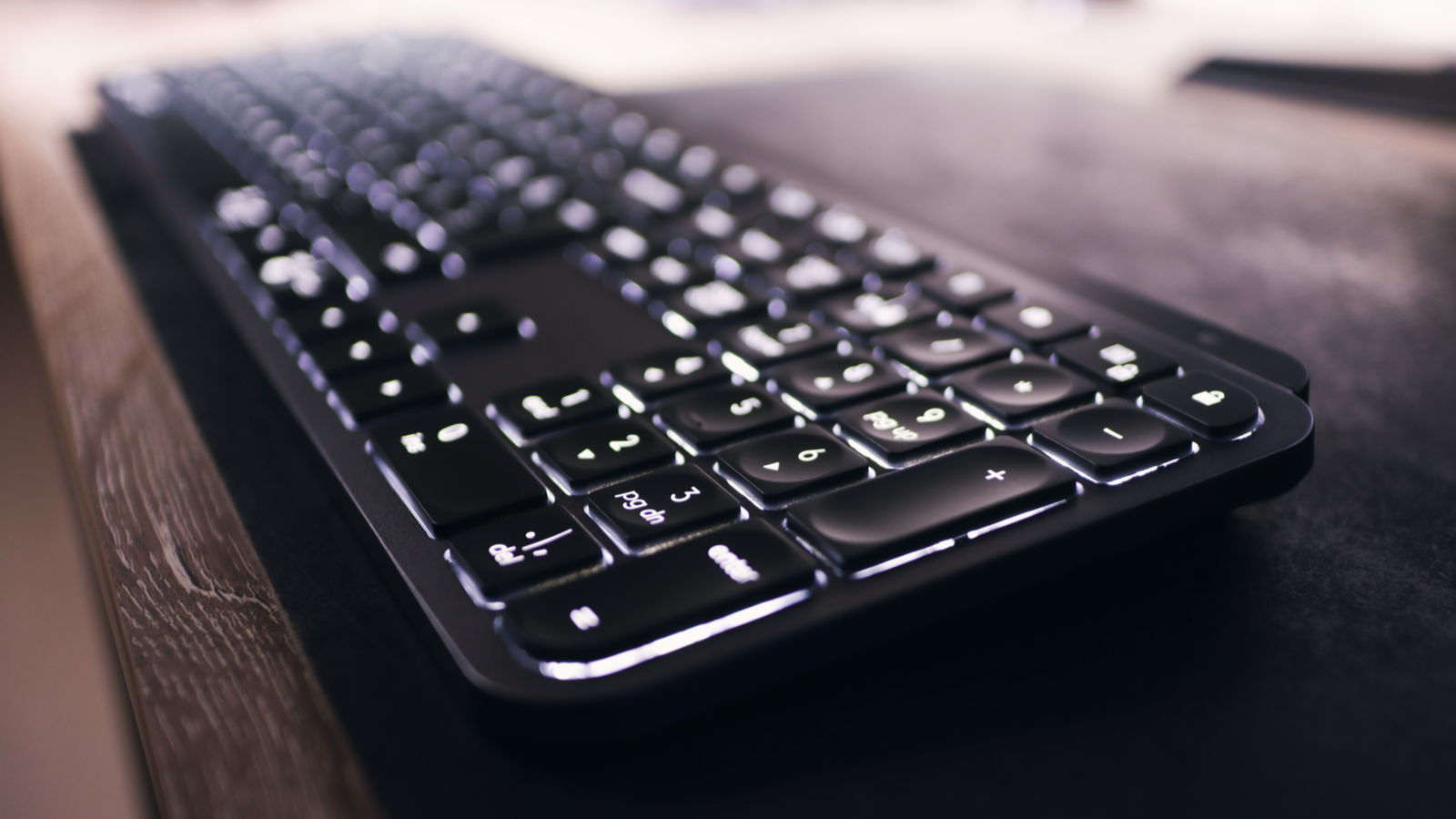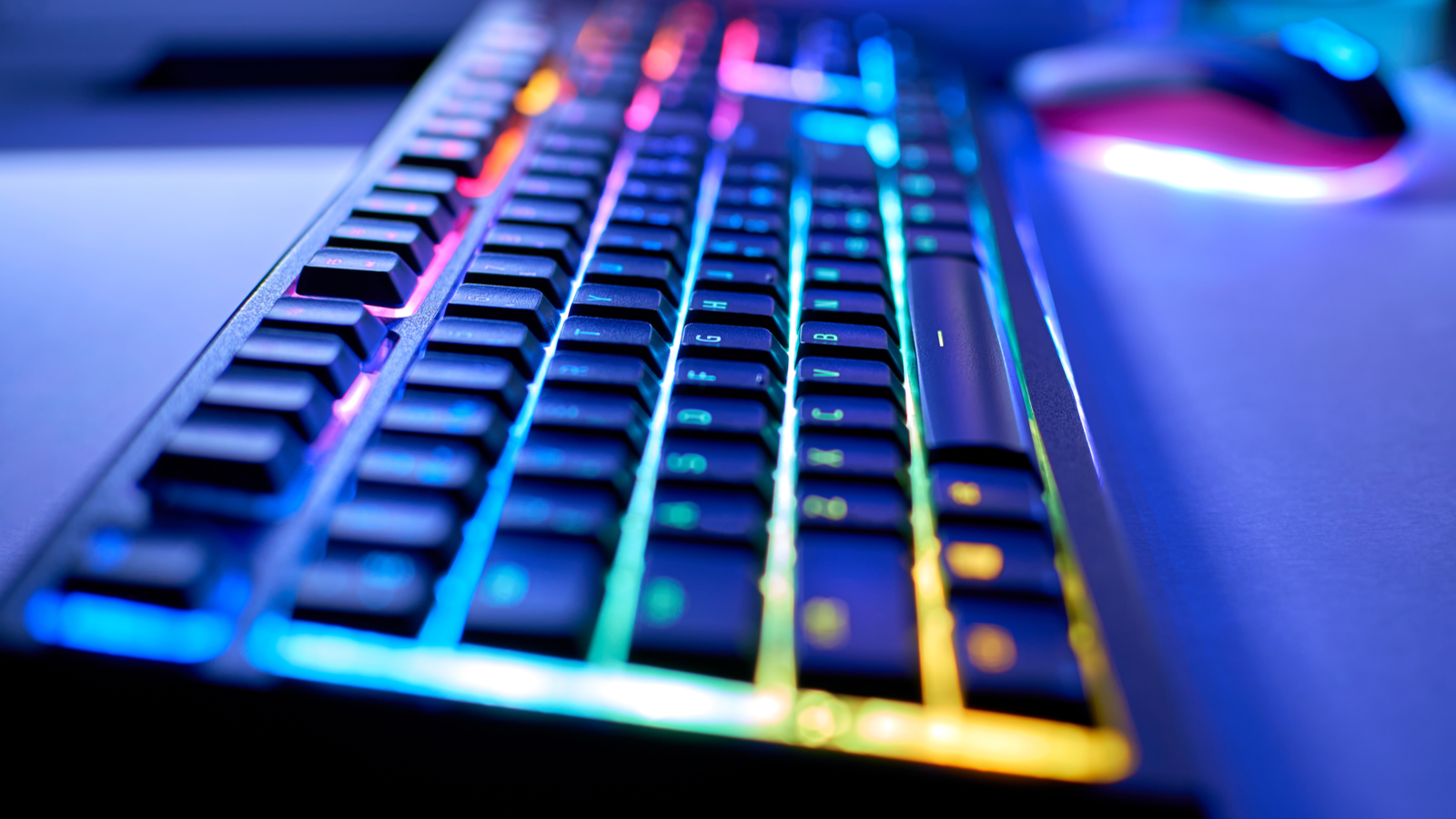Read update
- Checked that links and content are updated.
Quick Links
Shopping for wireless keyboards is a lot more complicated than you'd expect. But between all the weird and wild wireless keyboards, there's one that'll suit your needs. Here's how to find the wireless keyboard that's right for you.
Wireless keyboards come in all shapes and sizes. Some are great for gaming, while others are meant to work with tablets and phones on the go. It's best to think about why you need a wireless keyboard along with what types of features you're looking for before buying one. And of course, we also provide some recommendations for the best wireless keyboards.
UPDATE: 3/16/22
Checked that links and content are updated.
What Will You Use Your Keyboard For?
Not all keyboards are created equal. To help you find the best keyboard, consider what you'll primarily be using your wireless keyboard for. Here are a few common use cases:
- At Your Desk: If you plan to keep a wireless keyboard at your desk, then you should probably focus on ergonomics and style. You may also want to look at extra features like RGB lighting or Logitech Flow (a platform that allows you to use a keyboard on three devices at once).
- On the Go: If you need a wireless keyboard for use with your tablet or laptop, no matter where you go, you should focus on slim form factors. You may even consider a tablet keyboard case.
- From the Couch: Smart TVs or media centers hooked up to computers practically need a wireless keyboard. In this case, we suggest using a wireless keyboard with a built-in trackpad.
- For Gaming: Most hardcore PC gamers use a mechanical keyboard, sometimes with programmable keys and RGB customization.
Once you know why you need a wireless keyboard, it's time to start honing in on what kind of keyboard you need. We'll start with the basics (membrane vs. mechanical) and work our way toward the details (ergonomics and special features).
The Basics: Keyboard and Connection Type
There are two main keyboard types: membrane and mechanical. Though it may not seem it, they are quite different from one another, and the form that you decide on will dictate what specific kind of keyboard you can buy (a portable keyboard, an ergonomic keyboard, etc.).
Here are some of the qualities of membrane and mechanical keyboards:
- Membrane: Most modern keyboards are membrane keyboards. They're slim and quiet, but they don't offer a lot of physical feedback. In other words, they feel more like the buttons on your TV remote than the keys on a typewriter (but that's not a bad thing---it's more a matter of personal preference). These keyboards are best for general use and portability, and odds are, you're using one right now.
- Mechanical: Mechanical keyboards, on the other hand, are modeled on the loud chunky keyboards of yesteryear. They provide a lot of physical feedback, and they're easy to type fast on, but they also make loud clicking sounds. Mechanical keyboards have removable keys (so they can be cleaned and customized) and are most popular among gamers and computer nerds. They tend to have a better lifespan than membrane keyboards but, because of this, they're typically more expensive as well.
Once you've figured out what kind of keyboard you're looking for, you should also take a second to think about connection types. Bluetooth is an excellent option for wireless keyboards (it doesn't waste USB ports). It's worth looking for a keyboard that includes a USB dongle if you'd prefer to stick with what you know; likewise, if your computer isn't Bluetooth-capable, you could always buy a Bluetooth USB adapter.
It's also worth mentioning that some wireless keyboards have rechargeable batteries. These rechargeable batteries don't typically last as long as AA batteries (depending on what you're using them for and how often you're using them). Still, they're essential in backlit keyboards that can eat through a set of batteries relatively quickly.
Think About Ergonomics
People assume that ergonomics only matters if you spend all day at the computer, but that's not entirely true. An ergonomic keyboard forces you to maintain your posture, which is essential for any typing session---even if it's a short one.
Of course, the ergonomic design varies by keyboard. So, what kind should you look for? Do you have to buy an ugly monstrosity to fully reap the benefits of an ergonomic design, or can you get away with something more low-key? Well, let's start by talking about ergonomic keyboard design.
We'll begin with non-ergonomic and work our way up to those with full-on ergonomic designs:
- Flat Keyboards: Some keyboards lay flat on the tablet. This design tends to put a lot of strain on your wrists and makes typing more difficult. Unless you're committed to a tablet keyboard case or a portable keyboard, we suggest avoiding flat keyboards if ergonomics are important to you.
- Slanted Keyboards: Most keyboards are slightly tilted or have built-in kickstands. A good slant is probably all you'll need from a keyboard, even if you spend all day typing (provided you can keep your wrists straight).
- Wrist Rests: A keyboard with built-in wrist rests can help keep your wrists straight throughout the day. Of course, you can also buy separate wrist rests to go with any keyboard.
- All-In Ergonomic: Super-ergonomic keyboards often look ridiculous (though the designs are always improving), but they force you to use great posture. These keyboards are great for people who type all day, people who have bad wrist posture, or people who really want to avoid wrist problems.
Again, most people should work with a slanted keyboard, but you can choose to get a keyboard with wrist rests or an ergonomic form if you're concerned about your wrist posture.
Additional Design Options
Once you know what type of keyboard you're looking for, it's time to start thinking about the extra features and details. These features are all practical, for the most part, and lend themselves to the various typing situations we mentioned above.
First, let's start with portable features. These features make keyboards easier to take away from home, which is great if you're using a laptop or a tablet (keep in mind that ridiculously thin keyboards aren't always ergonomic):
- Slim Keyboards: Ultra-slim membrane keyboards are great for on-the-go use. You can also buy a portable mechanical keyboard for when you want to type as loud as possible in public.
- Tablet Keyboards: You can use just about any Bluetooth keyboard with a tablet, but we suggest using a keyboard case or a keyboard with a tablet kickstand.
- Foldables and Rollables: Foldable and rollable keyboards seem a bit gimmicky, but they're extremely portable. Just keep in mind that they feel like toys when compared to standard keyboards.
Special Features
Alright, now let's move on to special features. These features aren't always necessary, but they can make odd computer setups (gaming setups, multi-computer setups, etc.) a bit easier or more fun to work with:
- Multi-Device Keyboards: Some keyboards are able to quick-switch between devices at the push of a button. This feature is the most robust in keyboards that support Logitech Flow, as the connection is maintained in real-time and carries clipboard content across devices.
- Couch Keyboards: Some wireless keyboards have built-in touchpads. These are most useful for portable laptop or tablet setups, but they're also great for smart TVs or media centers (like a computer hooked up to your TV), as they mean you won't have to keep a mouse connected as well.
- Backlights and RGB: Backlights can add a fun, futuristic touch to your keyboard (and help you type in the dark). And, of course, RBG-enabled keyboards can be customized to match the color of your entire computer rig or your room's color scheme.
- Customizable Keys: Some gaming keyboards have customizable macro keys. These keys are great for performing complicated commands in-game, but they're also useful as general shortcut keys while writing, programming, or browsing the web.
Ready to Buy a Wireless Keyboard
Remember that a keyboard's form factor and features will determine how you can use it. If a keyboard feature doesn't line up for how you'd like to use it (gaming, portable use, etc.), then it's not worth buying. Now that you know what to look for, it should be a bit easier to shop for the perfect wireless keyboard. Here are our favorite recommendations:





